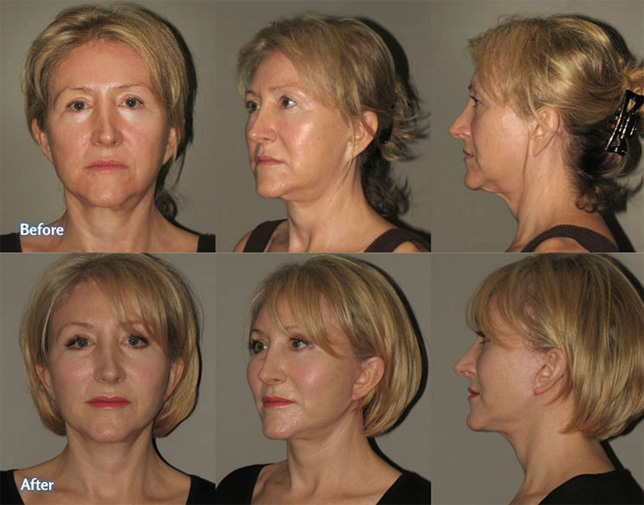
Gynecomastia: What it is and How to Treat it
Gynecomastia, characterized by the enlargement of breast tissue, is a condition that afflicts men at any age. In some cases, the enlargement can be significant, effeminizing the masculine profile and making a man feel extremely self-conscious about his appearance. This may be particularly true of younger men that develop this condition in the throes of adolescence or early adulthood. There are a variety of reasons why gynecomastia can occur, but the good news is no matter what the reason behind the issue or the age of the patient, effective treatment options are available.
Is it Fat?
Contrary to popular opinion, gynecomastia is not typically caused by weight gain. The excess tissue is glandular, rather than fat. Accumulation of fat in the male breasts is usually referred to as pseudo-gynecomastia and is treated differently than actual gynecomastia. In some cases, pseudo-gynecomastia can be eliminated using a liposuction procedure that targets the fat deposits with minimal incisions and scarring. Gynecomastia treatment often involves a more extensive surgical procedure that remove glandular tissue, as well as excess skin.
Causes of Gynecomastia
There are a number of potential causes of gynecomastia:
- Hormonal fluctuations, which explains why some adolescents experience this problem
- Some medications, including anabolic steroids, making this issue prevalent among body builders
- Health conditions, including some thyroid disorders, liver disease and kidney failure
- Use of street drugs, including marijuana
- Excessive use of alcohol
- Testicular infections or radiation treatments for the testicles
Pinpointing the cause of gynecomastia is helpful in determining the most effective treatment for a patient. For example, regulating hormone imbalances, stopping medications or treating an underlying medical condition may help the condition to subside without surgical intervention. However, if a cause cannot be found or the above steps are unsuccessful in reversing the gynecomastia, surgical treatment is also available.
Male Breast Reduction Surgery
Surgical excision of glandular tissue is often the recommended treatment for gynecomastia. This procedure, known as male breast reduction, typically involves an incision around the areola, in which the surgeon can remove excess skin and tissue. In some cases, liposuction may also be used to remove excess tissue and create a smoother body contour.
Dr. Norman Rappaport performs male breast reduction under general anesthesia at Houston Center for Plastic Surgery. The procedure usually lasts 1-2 hours, depending on the amount of tissue to be removed, and patients go home the same day. Most patients are ready to return to work and other activities within one week after surgery.
Gynecomastia is an embarrassing condition that can directly impact you self-confidence and self-esteem. Fortunately, male breast reduction surgery can permanently remove excess glandular tissue and give you a smoother, more masculine chest contour. To learn more about this procedure, contact Houston Center for Plastic Surgery at (713) 790-4500.


